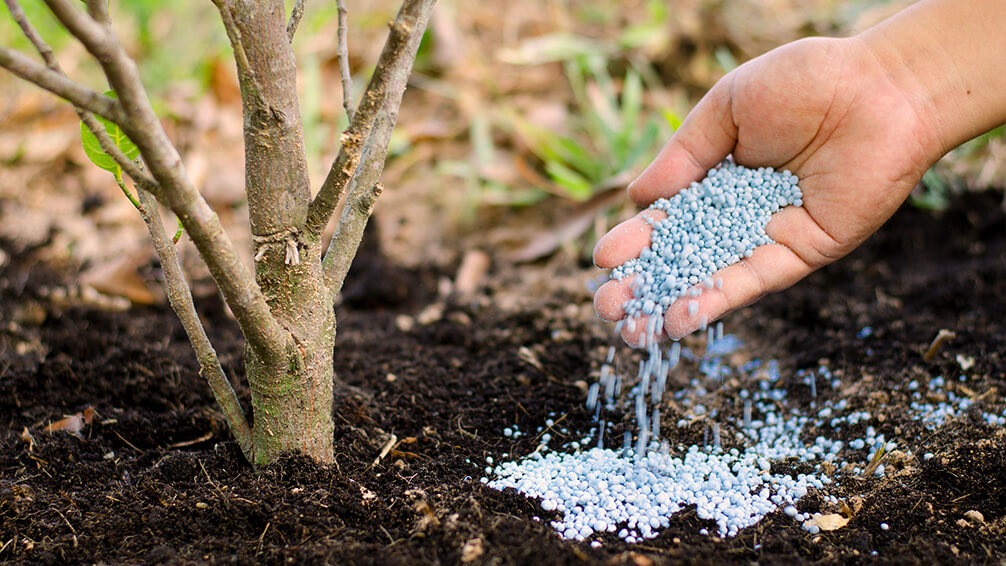Late Summer Do’s and Don’ts for the Garden


To keep your annuals flowering strong late into the season, keep deadheading spent blooms
I don’t know about you, but after the Fourth of July, just like the stores, I start thinking fall. And although you may not see any changes, some of our plants do, too.
To everything, there is a season. And for the gardener in Northern Illinois, now is the time to do some things, but more importantly, the time not to do others.
Let’s talk fertilizer. Feeding plants. We all like to eat, right? I like to eat all the time, unfortunately. But for our perennial plants, especially any woody plants, after July 1, it is time to put down the fertilizer. You don’t see any visible changes to our trees and shrubs, but they have two seasons, and the second starts now.
From the time they start to leaf out until the end of June, woody plants put on their energy-making machines – leaves — to become their solar panels. The grow, they photosynthesize, they put on new breadth and width. This is not an instantaneous process, but neither is the shutting down.
After June, the trees stop putting on much additional growth, and begin the important process of hardening off what they put on earlier in the year to prepare for the non-above ground growing season of winter. (More on that later).
This winter prep is essential. And I see the disastrous opposite every year. Well-meaning gardeners often think fertilizer is good; plants are growing, so it makes sense to keep feeding them, right? No. Wrong. Fertilizer is food that is a stimulus to grow, regardless if the plants are hardwired genetically to be shutting down.
What happens when you fertilize woodies late in the summer? You get gangbuster growth. Roses, trees and shrubs put on feet of growth till frost. How can that be bad? That late-summer new growth doesn’t have the time to harden off. So next spring when your plants green up again, you end up with a considerable amount of branch death at the end of the branch.
By fertilizing late summer, you are sending your plants into winter without their hardened-off coat, and that late summer growth won’t make it. It is easy to prune off that dead next spring, but why waste the energy budget of our woody plants? Let’s give them a sack lunch instead.
Feeding trees is done best after dormancy, say November (depending on the weather, not the calendar). If we wait to fertilizer until the top of the woody plants has gone dormant, a wonderful thing happens. The roots continue to grow until the ground freezes solid, which can be February, March or later some years.
I like to think of fertilizing in mid- to late-November as giving my woody plants a sack lunch to take with them to snack on till the ground freezes. The roots will take in that nutrition and hold it to use for the following spring. Now we are adding to the trees energy budget instead of depleting it by fertilizing.
As to whether we should be fertilizing our woody plants at all is a debate in itself. We can fertilize a plant right into too quick growth, pushing the plants beyond their current soil/environment would allow. So just when is it important to fertilize, the ideal answer is when a soil test says so.
But also did your trees have issues during the growing season that would have decreased their own ability to make food? Was the foliage damaged by insects or covered in a disease? Do you have fruit trees that have had declining production? All reasons to consider dormant-season fertilizer.
Many people think spring is the best time to fertilize everything. For annuals and herbaceous perennials that is fine, but once again, woody plants are different. Fertilizer takes longer to migrate to the roots of trees and shrubs. So if you fertilize in May, that fertilizer might not be available to that plant till scorching days of early summer.
Some additional late-summer don’ts include pruning trees, especially oaks. Pruning trees and shrubs in late summer can also stimulate new green growth, particularly if we have a cool, wet fall. It is particularly important not to prune oaks outside of the dormant season due to the devastating oak disease, oak wilt.
Oak wilt is the Dutch elm disease of oaks. A fungus gets into the circulatory (vascular) system of oaks through injury, intentional pruning, or root grafts, and can clog the normal sap and cuts off circulation. By waiting to prune until dormancy, we avoid that issue.
As for our annual flowers and vegetables, late summer is no time to ignore them. I know you probably have enough beans, cukes and tomatoes for the entire neighborhood, but think of what good you can do with the extras if you keep picking.
Annual flowers need to be deadheaded (mostly, except for the self-cleaning ones like impatiens and profusion zinnias). Deadheading is the removal of spent flowers, so the plants produce new ones.
Vegetables are similar-by removing fruit we are deadheading old, spent flowers (that were pollinated to create those vegetables). If you stop picking and leaving the fruit to get overripe, the plant does not continue to produce.
How about helping someone in need by donating vegetables to a local food pantry or community center? Or picking an extra bouquet and give it to someone who needs their day brightened?
Late summer is a great way for the gardener to help others.